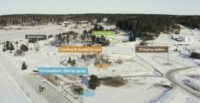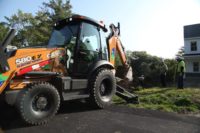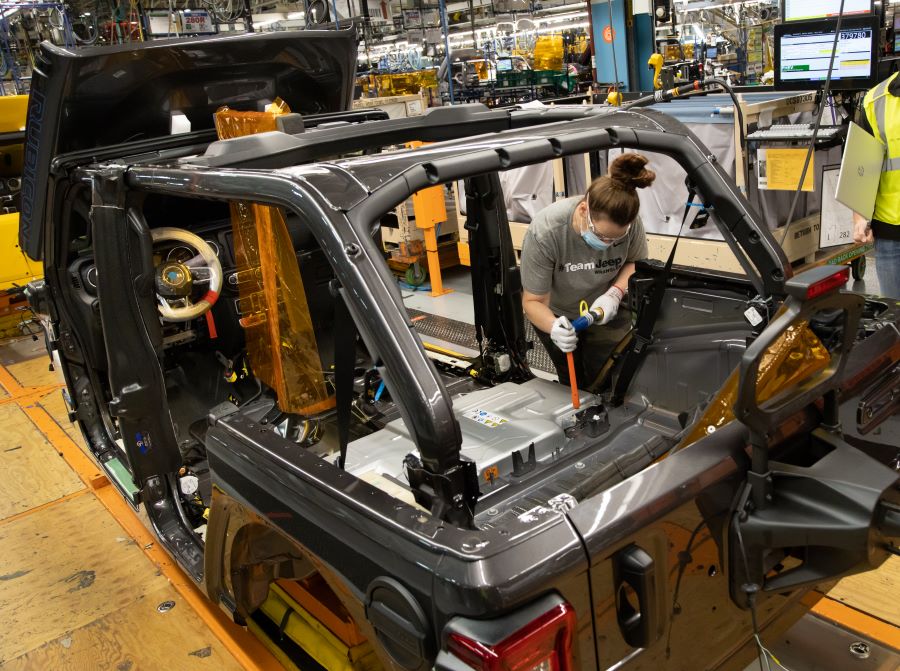ZWICKAU, Germany—Volkswagen’s state-of-the-art factory here is a showcase for electric car production. It features a variety of automated equipment supplied by Dürr AG.
High efficiency is ensured by technologies such as a new direct screwing system for securing the battery, a modified filling system for various refrigerants, and conveyor technology adapted to the undercarriage geometry of the electric car platform.
The Zwickau factory is equipped with eight x-gun multi direct screwdriving systems. Dürr engineers developed this system to join the body and battery pack of vehicles such as the Volkswagen ID.3 and ID.4. The patented screwdriving device holds up to four screws in a magazine and fastens them one after the other with just one screwdriver. With eight x-gun systems, this is equivalent to 26 screws every minute.
In the past, 22 C-hangers with scissor lifts were used to transport bodies at VW Zwickau. However, these are not compatible with the undercarriage geometry of the new Modular Electrification Toolkit (MEB) EV platform, primarily because of the high-voltage battery.
To address the issue, Dürr engineers replaced the C-hanger arms with four-arm hangers on the subframe of the body carrier scissors lift. Since this meant it was no longer possible to convey bodies with wheels in the hanger, the retooling process included an appropriate lifting platform for wheel assembly and the transfer operation.
For flexible manufacturing of the vehicles on a large scale, Dürr engineers also developed a new automated window gluing system that enables side windows to be installed using a line tracking process.
The glazing center for the MEB underwent significant automation during the factory modernization. In the future, everything will take place automatically, such as feeding large windows from sequenced transport containers and the side windows from type-specific transport containers by the logistics module, the glue application and insertion of the large windows in cycle operation and the side windows in flow operation.
Previously, the automated insertion of side windows was only possible in stop-and-go mode. The line tracking process developed in close cooperation with VW engineers changes this, by keeping the bodies moving on skillet platforms while robots glue in the side windows.
One benefit is significant cost reductions, since the conveyor technology no longer needs to be adapted to the cycle operation. In addition, the location can be flexibly selected, because the side window gluing system can be integrated anywhere on the assembly line.



